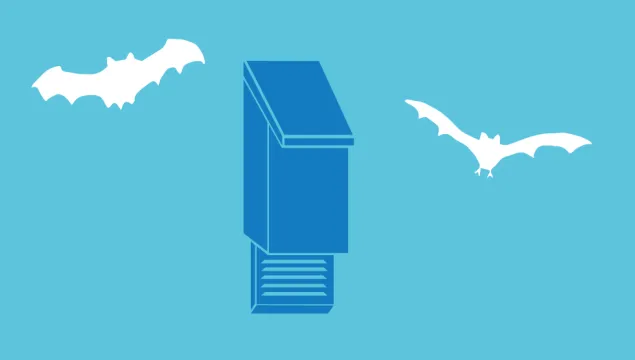
How to build a bat box
Build your own bat box and give a bat a safe place to roost.

Build your own bat box and give a bat a safe place to roost.
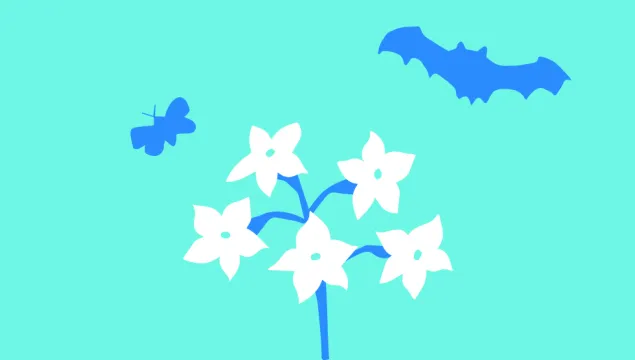
Plant flowers that release their scent in the evening to attract moths and, ultimately, bats looking for an insect-meal into your garden.
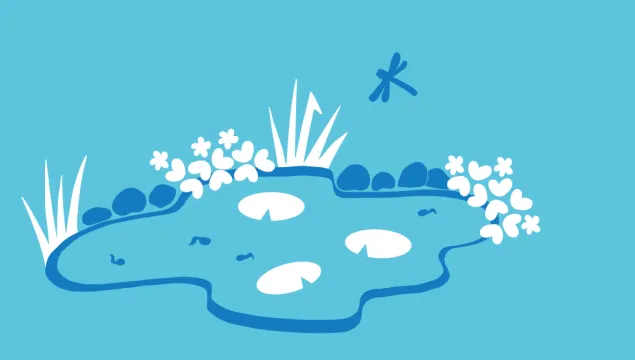
Even a small pond can be home to an interesting range of wildlife, including damsel and dragonflies, frogs and newts.
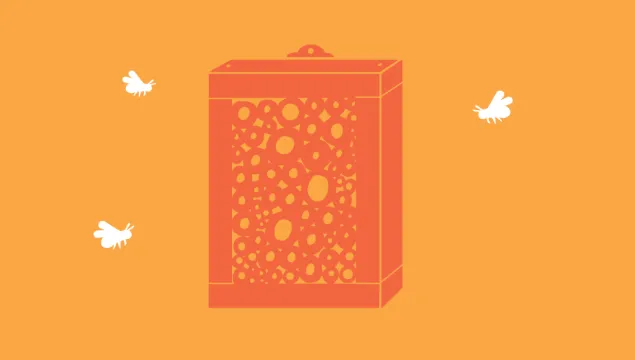
Solitary bees are important pollinators and a gardener’s friend. Help them by building a bee hotel for your home or garden and watch them buzz happily about their business.

Whether it's a flowerpot, flowerbed, wild patch in your lawn, or entire meadow, planting wildflowers provides vital resources to support a wide range of insects that couldn't survive in urban areas otherwise. It is also a great way of avoiding tools such as lawnmowers that are powered by fossil fuels!
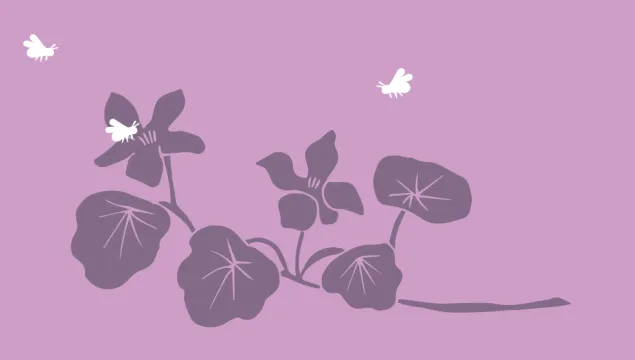
The best plants for bumblebees! Bees are important pollinating insects, but they are under threat. You can help them by planting bumblebee-friendly flowers.
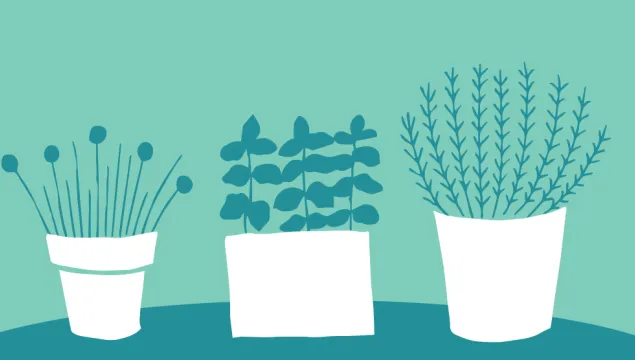
Planting herbs will attract important pollinators into your garden, which will, in turn, attract birds and small mammals looking for a meal.
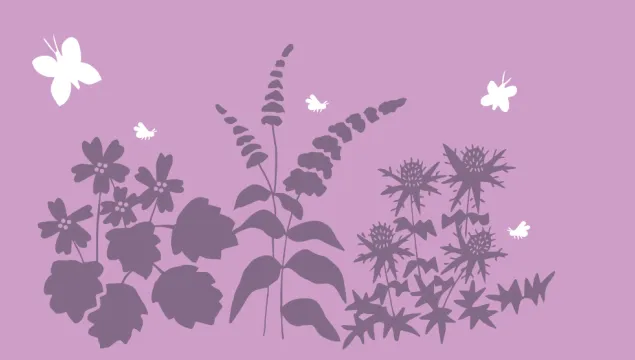
Set up a ‘nectar café’ by planting flowers for pollinating insects like bees and butterflies
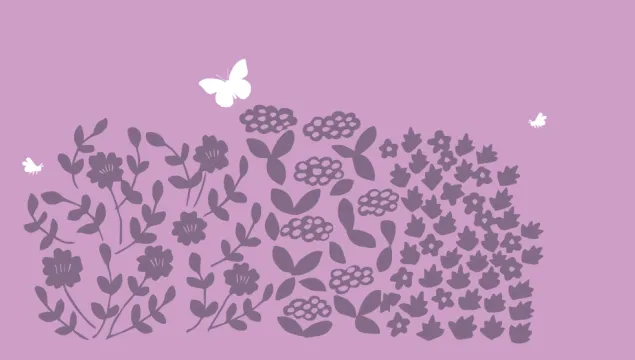
Hedges provide important shelter and protection for wildlife, particularly nesting birds and hibernating insects.
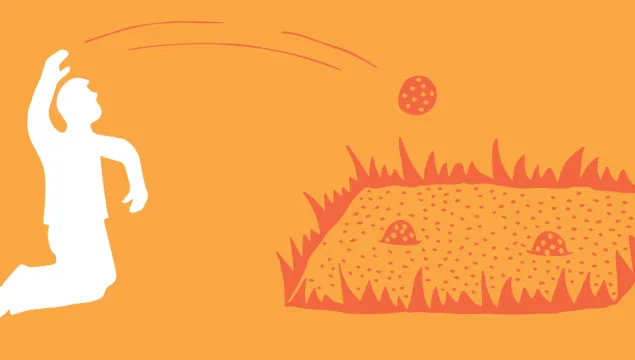
Plant wildflower with seed bombs!
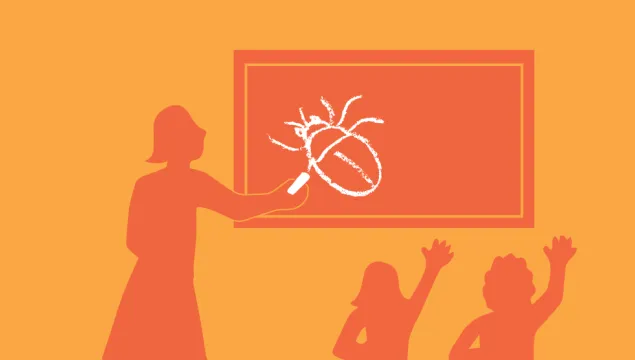
Whether feeding the birds, or sowing a wildflower patch, setting up wildlife areas in your school makes for happier, healthier and more creative children.
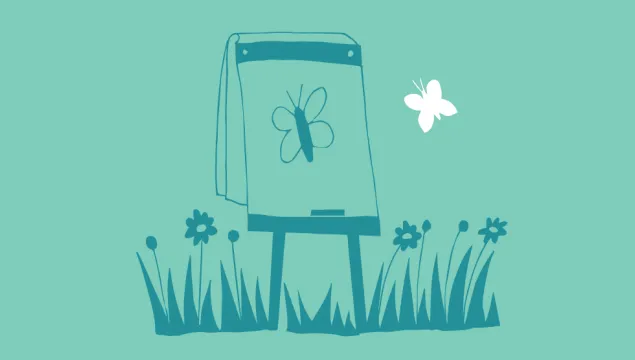
Attracting wildlife to your work will help improve their environment – and yours!